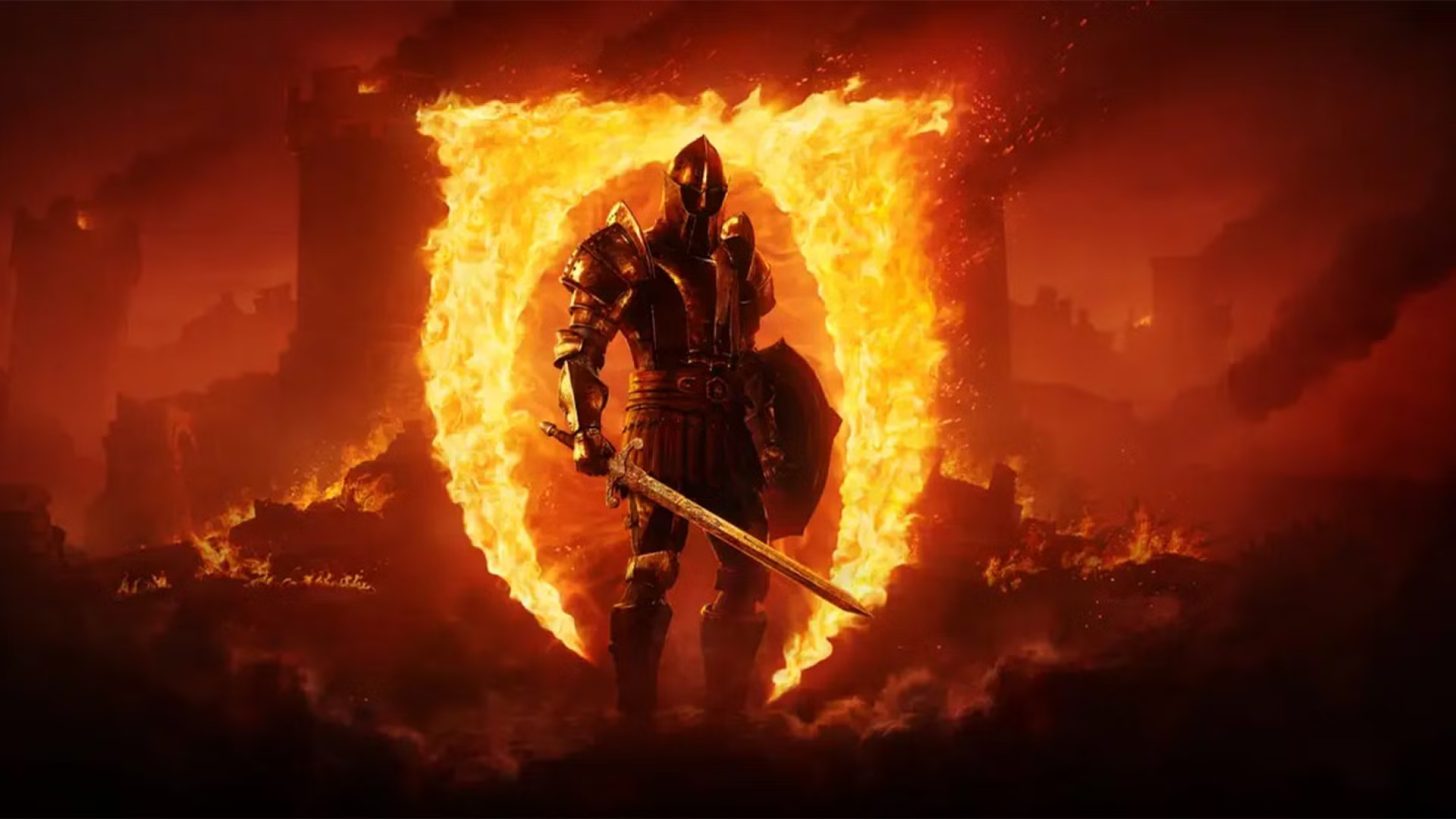Digital Foundry Reveals: Oblivion Remastered Dazzles and Stumbles in Technical Showdown

Digital Foundry has delivered its verdict on the highly anticipated Oblivion Remastered, offering a nuanced analysis that highlights both stunning visual improvements and significant performance challenges. While the remastered edition showcases breathtaking graphical enhancements that bring the classic RPG to life with unprecedented clarity, the technical execution reveals some troubling limitations.
The visual upgrade is undeniably impressive, with meticulously refined textures, enhanced lighting, and sharper environmental details that transform the game's decade-old landscapes. However, this visual splendor comes at a considerable cost to performance, particularly in the game's expansive open world. Players can expect frequent frame rate drops and stuttering that substantially detract from the immersive experience.
Digital Foundry's technical experts noted that while the remaster successfully modernizes Oblivion's aesthetic, the optimization issues create a frustrating gameplay experience. The dramatic visual improvements are somewhat overshadowed by technical instability, leaving fans and newcomers alike hoping for future patches to address these critical performance problems.
Despite these technical shortcomings, the remaster still represents an ambitious attempt to breathe new life into a beloved classic, offering a tantalizing glimpse of what could be with more refined optimization.
